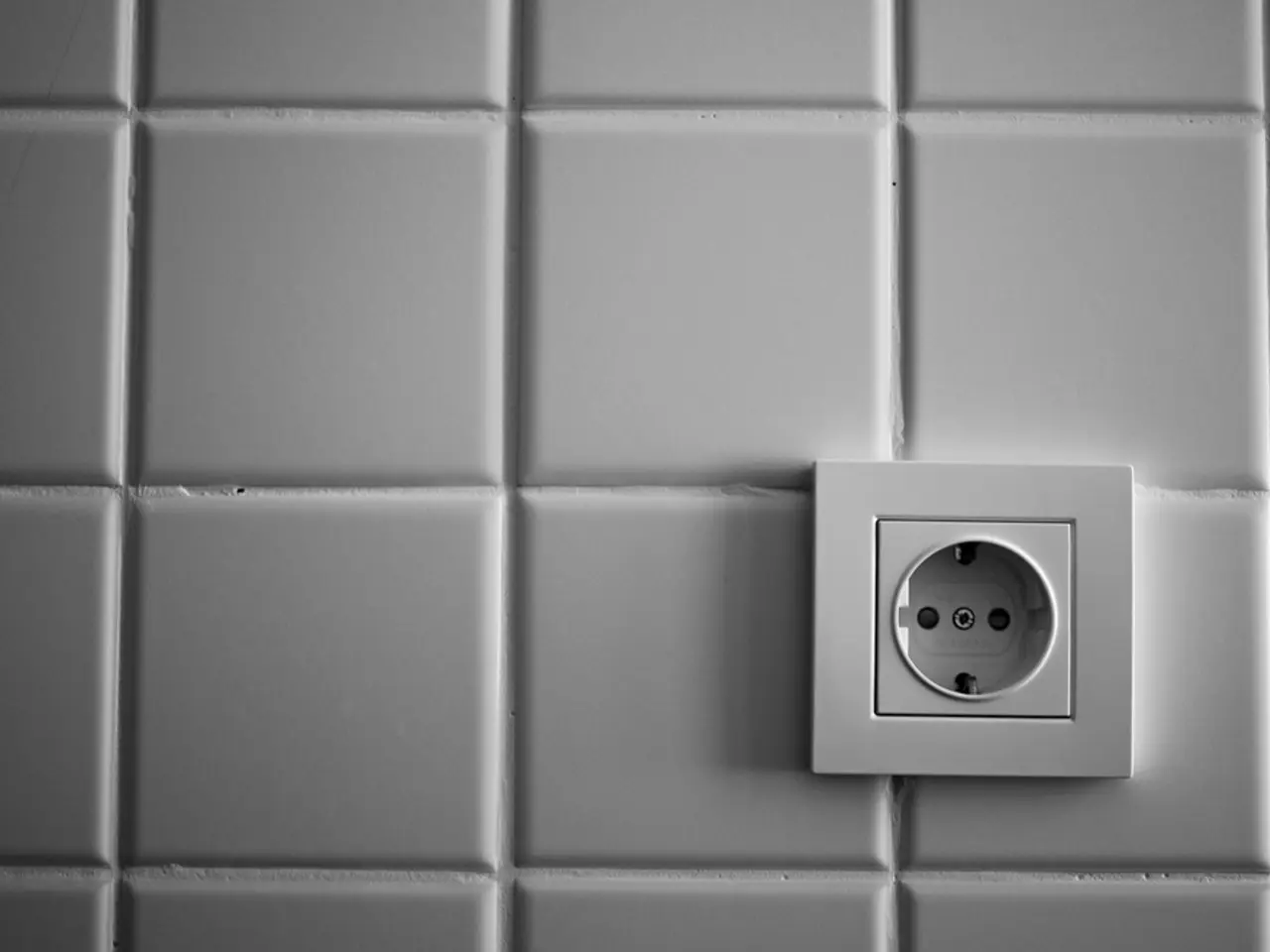Duration of dry socket recovery
Dry socket, also known as alveolar osteitis, is a common complication following tooth extraction that can cause significant pain and discomfort. By understanding the causes and adhering to professional treatment and preventive measures, the risk and severity of dry socket can be effectively managed.
Dry socket often occurs within 3-5 days after tooth extraction, causing intense pain. It is more prevalent in smokers, those with poor oral hygiene, individuals on birth control pills, patients with difficult extractions, wisdom teeth removal, or a history of dry socket.
Common treatments for dry socket involve a combination of professional dental care and pain management. The dentist may clean the socket to remove food debris and bacteria, then place a medicated dressing or paste inside the socket to alleviate pain and encourage healing. Over-the-counter painkillers like NSAIDs (ibuprofen or aspirin) may help ease discomfort, but severe pain often requires stronger prescription pain relievers or local anesthesia administered by a dentist.
Dentists may also flush the socket with saline or antiseptic solutions to clear out debris, which helps reduce infection risk and promotes healing. In some cases, Low-Level Laser Therapy (LLLT) is used to reduce inflammation and speed healing. If there is an infection or high risk of one, dentists may prescribe antibiotics.
For prevention, avoiding smoking and using straws for at least 24 hours after extraction is essential. Do not rinse or spit forcefully for 24 hours post-extraction to protect the healing blood clot. Maintain good oral hygiene but avoid brushing directly at the extraction site initially. Eat only soft foods for a few days to avoid aggravating the wound. Follow all post-extraction care instructions given by the dentist, including resting adequately and avoiding strenuous activity immediately after the extraction.
People should also avoid spicy or acidic foods and carbonated drinks to prevent irritating the dry socket. If symptoms do not appear within a few days of the extraction, it is unlikely that a person will develop a dry socket. Regularly flushing the socket with a saltwater solution can aid in its healing.
Treatment for dry socket often requires multiple dental visits. After 24 hours, heat may provide better pain relief. Prescription medication may be necessary to manage the pain from dry socket. It is crucial to discuss medication use with a dentist, as some OTC or prescription medications may affect the healing process or increase the risk of dry socket.
Dry socket can last for up to 7 days, but the pain should begin to reduce following treatment and go away within a few days. By following these guidelines, the risk and severity of dry socket can be significantly reduced, ensuring a smoother recovery process after tooth extraction.
- Dry socket, a complication post-tooth extraction, is similar to bipolar disease in terms of its need for proper management to minimize severity.
- Some individuals with diabetes may be more susceptible to dry socket due to their body's altered response mechanisms.
- Poor oral health can increase the risk of developing colitis or crohns, just as poor wound care increases the risk of dry socket.
- Psoriatic arthritis and spondylitis, like dry socket, can cause significant discomfort and require therapies and treatments to alleviate symptoms.
- Dental procedures, such as tooth extraction, can cause stress that triggers migraines in those predisposed to this condition, similar to the way poor mental health might exacerbate symptoms.
- Depression, much like dry socket, can be managed with a combination of professional intervention and prescription medications.
- Arthritis, particularly rheumatoid arthritis, and dry socket share a common risk factor: difficult extractions.
- Predictive modeling can help identify people with an increased risk of both ulcerative colitis and dry socket, making preventive measures more effective.
- AQ (Air Quality) plays a role in the development of hepatitis, just as it affects the healing process of a tooth extraction site.
- Alzheimer's disease is a neurodegenerative disorder, much like dry socket can be considered a complication of dental care.
- Ankylosing spondylitis, like dry socket, can affect a patient's ability to work and require a focus on workplace-wellness and health-and-wellness.
- Fitness-and-exercise, mental-health, and skin-care are integral parts of maintaining overall health, including reducing the risk of conditions like asthma and dry socket.
- Science continues to explore the connections between various diseases such as diabetes, dental complications like dry socket, and the effectiveness of treatment options, including lasers and alternative therapies, to offer improved care to patients.




